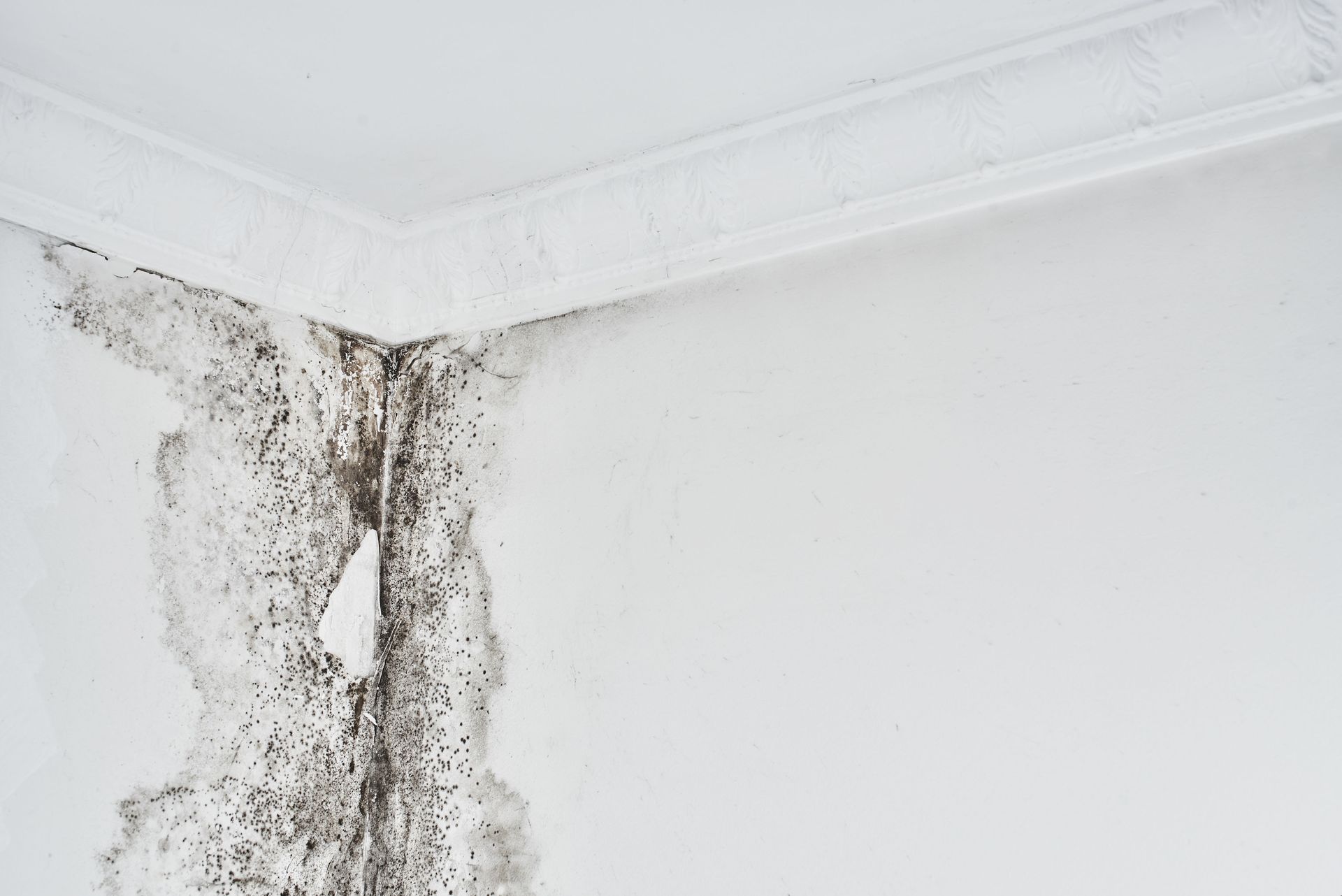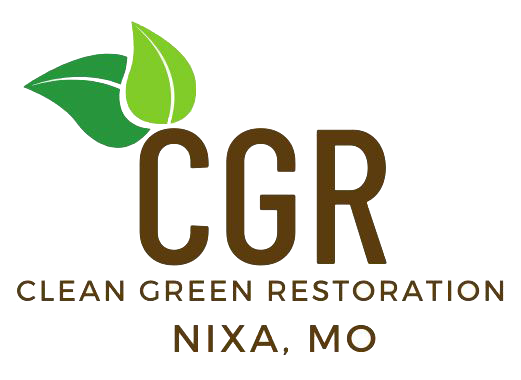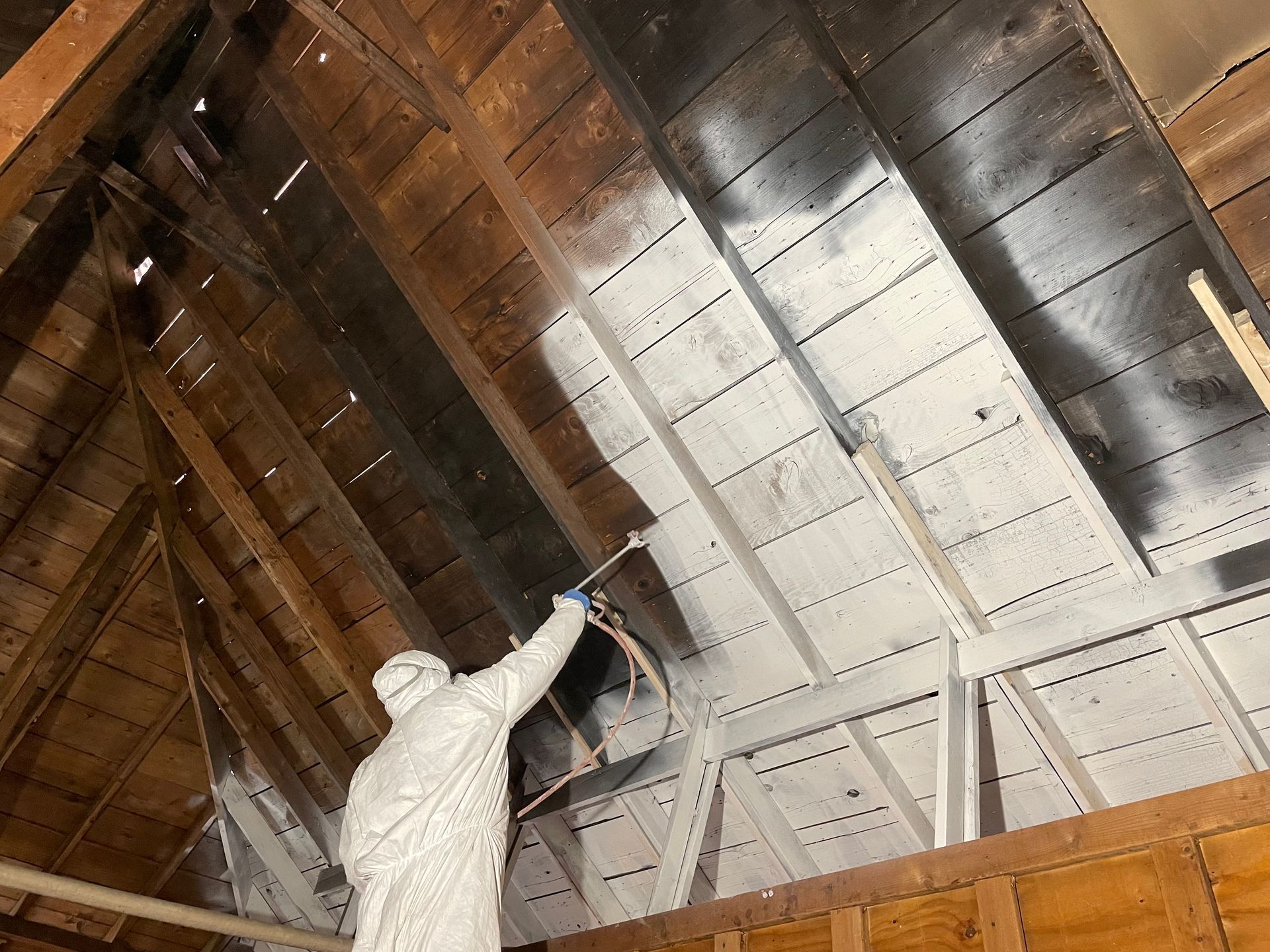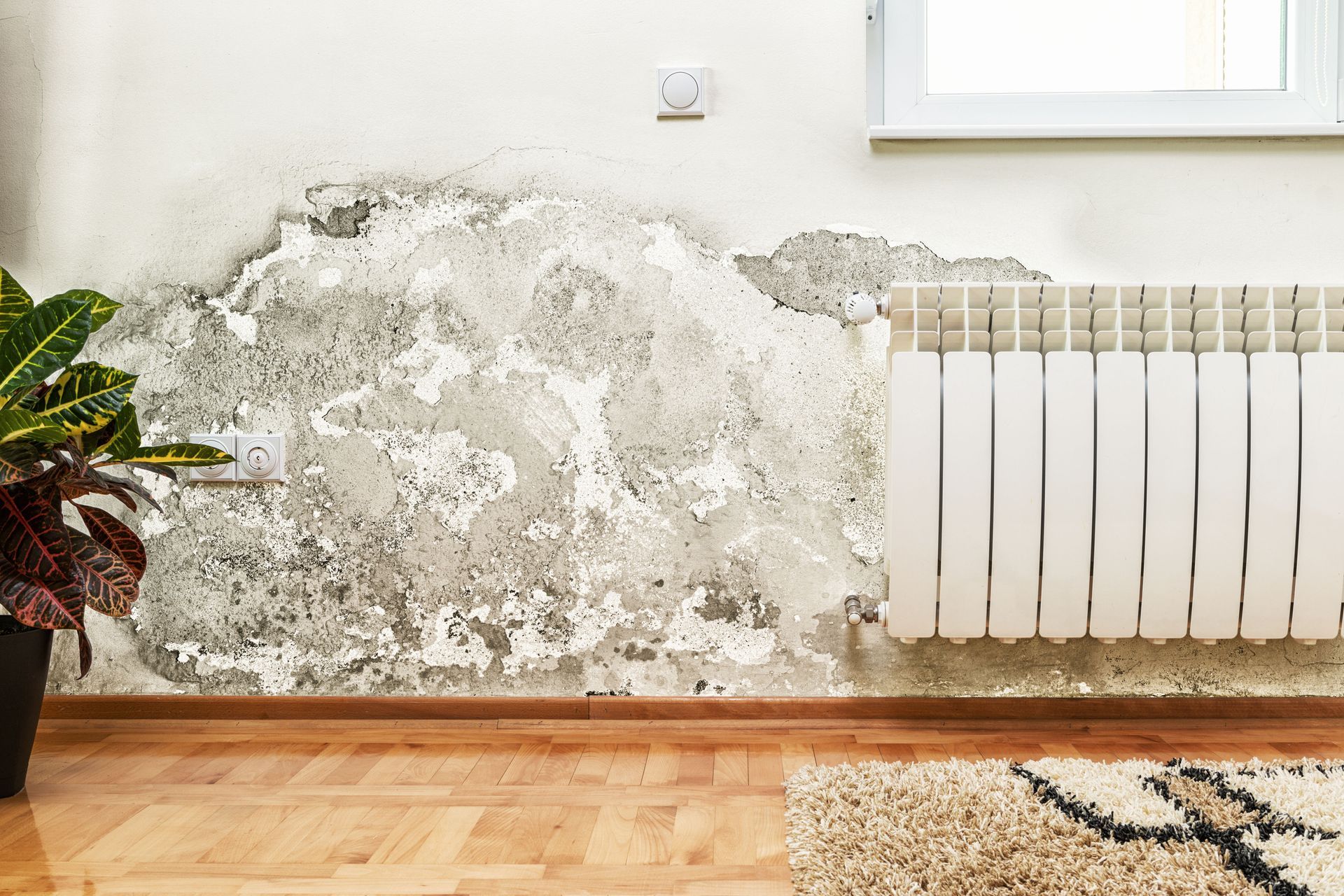November 17, 2025
Understanding the factors that make basements susceptible to mold growth is crucial in protecting your home and health. Basements, often characterized by their dark and damp environments, provide ideal conditions for mold to thrive. This article outlines the reasons why mold thrives in basements and offers strategies for effective prevention and a professional mold removal service. Mold not only compromises the structural integrity of your home but can also pose serious health risks. Therefore, taking proactive steps to mitigate mold risks is essential for homeowners. Staying informed about these causes helps homeowners implement targeted solutions before mold becomes a major issue.
Improve Basement Ventilation to Reduce Moisture
Basements often lack adequate ventilation, which is a significant contributor to mold growth. Without proper airflow, moisture accumulates quickly, creating an environment where mold can flourish. Many basements have small or no windows, further compounding ventilation issues. Poor ventilation not only promotes mold growth but also leads to stale air and unpleasant odors.
To combat mold in basements, ensuring proper ventilation is a critical step. Effective ventilation systems can significantly reduce moisture levels and improve air quality. Homeowners might consider installing exhaust fans or HVAC systems to help circulate the air. Regular maintenance of ventilation systems ensures their optimal performance. Better airflow means less chance for moisture to settle and foster mold growth. If mold has already developed due to poor ventilation, contacting a trusted mold removal service ensures that the problem is properly treated before restoration work begins.
Control Humidity to Stop Mold Before It Starts
High humidity levels in basements are another primary factor that encourages mold growth. From our experience, mold spores thrive in environments where the relative humidity exceeds 60%. Basements are naturally prone to higher humidity levels due to their subterranean nature. Additionally, activities such as doing laundry or storing damp items can increase humidity levels.
Controlling humidity is one of the most effective strategies for preventing mold in basements. Dehumidifiers are instrumental in maintaining suitable humidity levels in humid climates. Regularly monitoring humidity with hygrometers provides homeowners with the data needed to take corrective action when necessary. Simple actions like using exhaust fans during activities that produce moisture can also be effective. For basements already affected by excess humidity and visible mold, scheduling a professional mold removal service can help eliminate existing contamination and restore indoor air quality. Maintaining a balanced humidity level not only prevents mold but also makes the space more comfortable.
Fix Leaks and Prevent Basement Flooding Quickly
Basements are particularly vulnerable to water leaks and flooding, which create prime conditions for mold. Every leak introduces moisture that can seep into walls, floors, and other surfaces, promoting mold growth. Without prompt mold removal service, even minor leaks can lead to significant mold issues. Homeowners should regularly inspect their basements for signs of water intrusion. Early detection and addressing leaks is key to preventing mold proliferation.
Regular inspections for water leaks are imperative in preventing mold growth. Inspections can identify issues like cracks in foundations or faulty plumbing before they become major problems. According to Today's Homeowner, the U.S. Environmental Protection Agency (EPA) suggests hiring licensed professionals for mold remediation when mold growth covers more than 10 square feet. If mold has already taken hold, a reputable mold removal service can identify the source, remove contamination safely, and restore your basement to a clean, dry state. Prevention is always more effective and less costly than remediation, but timely intervention from experts can prevent long-term damage.
Increase Light Exposure to Deter Mold Growth
Dark conditions prevalent in basements can accelerate mold growth. Sunlight has natural antifungal properties that help inhibit mold development. Basements, by design, are largely shielded from direct sunlight, thus lacking this natural deterrent. The darkness not only allows mold to grow more freely but also makes it more challenging to spot mold infestations.
To counter this, homeowners can increase both natural and artificial light exposure in their basements. Installing larger egress windows or window wells can allow more natural light to penetrate underground spaces, reducing dampness and improving air circulation. For areas where natural light isn’t feasible, bright LED lighting and reflective wall paint can simulate daylight and discourage mold growth. If mold is discovered while improving lighting, hiring a certified mold removal service ensures the affected areas are properly treated before adding new finishes or fixtures. A well-lit basement not only reduces the likelihood of mold but also creates a more comfortable and usable living space.
Limit Organic Materials That Feed Mold
The presence of organic materials in basements provides a food source for mold spores. Mold can consume materials such as wood, drywall, and fabrics, all of which are commonly found in basements. When these materials are exposed to moisture, they become ideal breeding grounds for mold. Hence, the combination of moisture and organic materials creates a risky scenario for mold growth.
Homeowners should take steps to minimize or protect organic materials in these environments. Using metal shelving instead of wood, storing items in plastic bins rather than cardboard boxes, and keeping furniture raised off the floor are effective ways to limit mold’s access to food sources. If mold has already spread to wood or drywall, a professional mold removal service can safely remove and replace contaminated materials. Regularly inspecting wooden beams, insulation, and fabrics for early signs of mold helps prevent extensive damage and costly repairs.
Use Mold-Resistant Materials During Renovations
Using mold-resistant products can be a proactive measure to inhibit mold proliferation. Mold-resistant drywall, paint, and building materials are specifically designed to withstand high moisture environments. These products offer an additional layer of protection, especially in areas vulnerable to moisture exposure. Homeowners should consider these products when finishing or renovating their basements as part of their comprehensive mold prevention strategy. By reducing mold susceptibility, these products contribute to healthier living environments. Incorporating such materials early in construction or renovation can save significant maintenance costs later on.
In addition to drywall and paint, homeowners can use moisture-resistant insulation, vapor barriers, and waterproof sealants to reinforce their basement’s defenses. Concrete floors and walls can be treated with waterproof coatings to minimize water absorption, while mold-inhibiting primers provide an extra safeguard against hidden growth. For basements that have previously suffered from moisture damage, it’s best to start renovations only after a professional mold removal service has cleared all affected areas. This ensures a clean foundation for any updates and long-term mold resistance.
Clean and Maintain Basements to Prevent Mold
Regular cleaning and maintenance of basements is essential for mold prevention. Removing clutter reduces places where mold can hide and thrive. Basements should be kept clean and dry, with emphasis on areas prone to moisture accumulation. Scheduling routine maintenance checks for plumbing and HVAC systems helps catch potential issues early. By implementing regular cleaning protocols, homeowners can significantly decrease the risk of mold infestations. A consistent cleaning schedule also makes it easier to detect early signs of moisture or mold before they spread.
By understanding the factors that contribute to mold growth in basements and taking proactive measures, homeowners can effectively protect their living spaces. Implementing prevention strategies and seeking professional mold removal service when necessary are key to maintaining a safe and healthy home environment. Mold in basements is a pervasive issue, but it can be managed with diligence and the right preventive measures. Proactive maintenance and timely mold removal service play crucial roles in preventing mold from becoming a serious problem. By staying vigilant and informed, homeowners can ensure the longevity and safety of their basements. Consistent attention to moisture control will help preserve both the home’s value and the family’s well-being. Reach out to Clean Green Restoration to learn more today!




